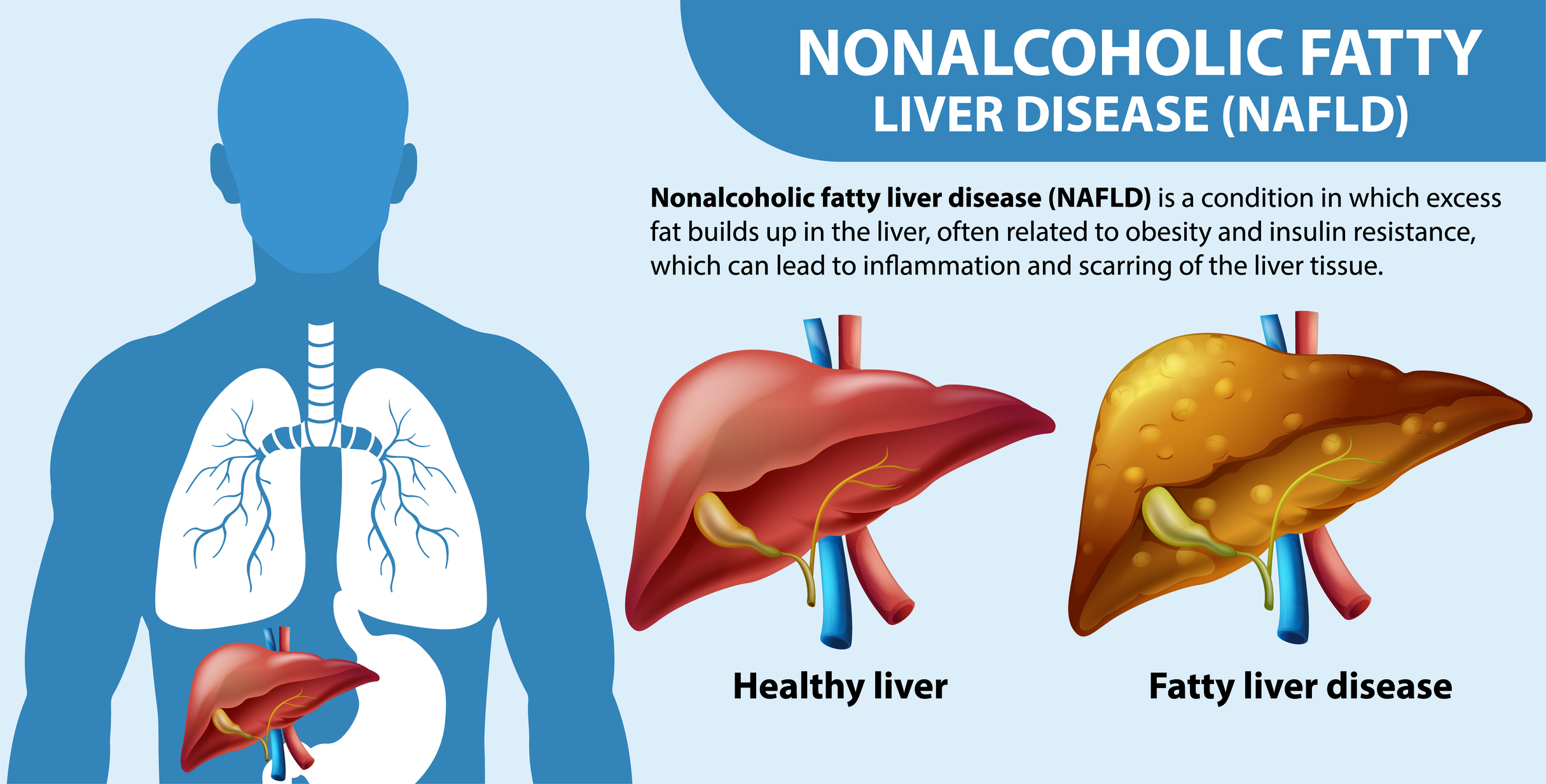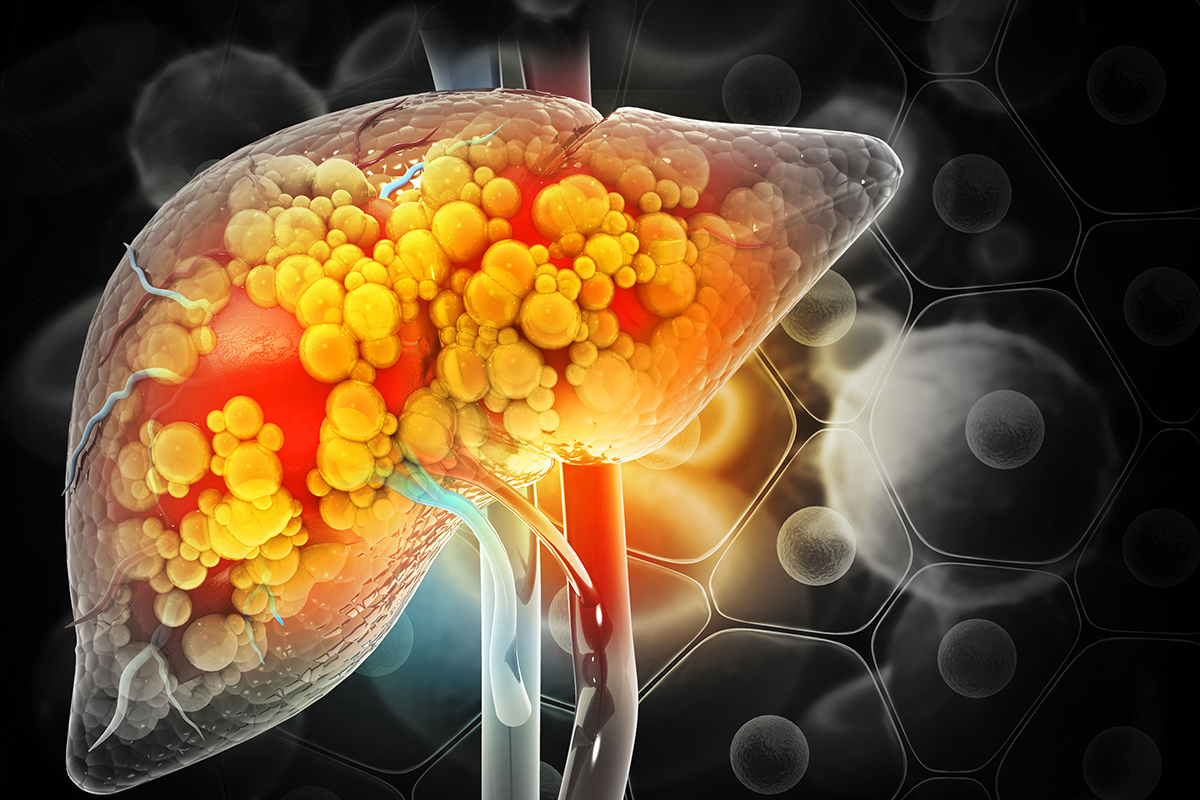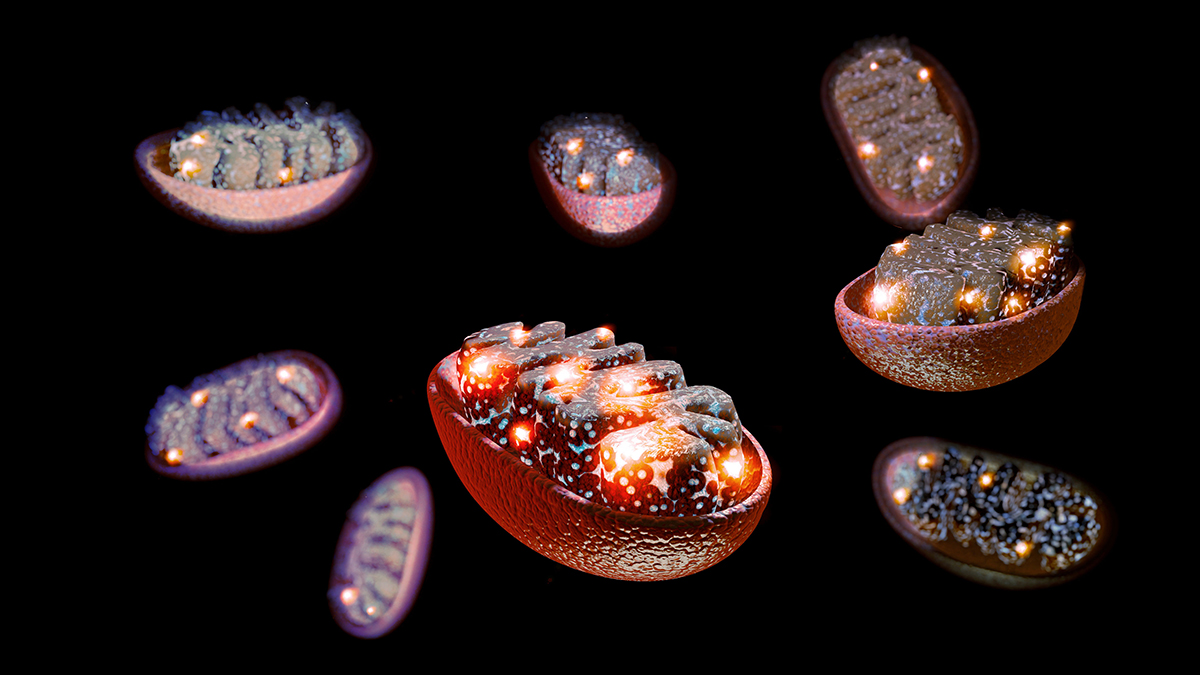NASH Resource Center
Efficacy and safety of resmetirom for the treatment of nonalcoholic steatohepatitis: a GRADE assessed systematic review and meta-analysis
November 2024 European Journal of Gastroenterology & Hepatology
This article provides comprehensive information on the efficacy and safety of resmetirom, a new treatment for nonalcoholic steatohepatitis (NASH). The article discusses the results of clinical trials, highlighting how resmetirom can significantly reduce liver fat and improve liver function in patients with NASH. Understanding these findings can help healthcare providers make informed decisions about incorporating this medication into their treatment plans, potentially offering better outcomes for patients with this challenging liver condition.
Health-related quality of life (HRQL) assessments in a 52-week, double-blind, randomized, placebo-controlled phase III study of resmetirom (MGL-3196) in patients with metabolic dysfunction–associated
September 2024 Hepatology
This article focuses on health-related quality of life (HRQoL) assessments, which are crucial for evaluating the impact of diseases and treatments on patients' overall well-being. HRQoL assessments help providers understand the physical, psychological, and social aspects of a patient's health, beyond just clinical outcomes. This comprehensive view can guide more personalized and effective care plans, improve patient satisfaction, and support better clinical decision-making.
Two faces of the same coin non alcoholic fatty liver disease; with and without diabetes: Comparative clinico pathological analysis: A cross sectional observational study
Why is this article important?
Non-alcohol fatty liver disease (NAFLD) is a metabolic disorder that represents the hepatic manifestation of systemic process, and is a strong risk factor for diabetes Meletus, whereas the presence of DM increases the severity of NAFLD/NASH and its progression. Data on the impact of diabetes on NASH phenotype is sparse from northern India. We studied and compared the clinical profile of NALFD in the presence and absence of DM and the effect of diabetes on NASH.
January 2025
Journal of Family Medicine and Primary Care
A genetic basis of mitochondrial DNAJA3 in nonalcoholic steatohepatitis-related hepatocellular carcinoma
Why is this article important?
NAFLD is the most common form of liver disease worldwide, but only a subset of individuals with NAFLD may progress to NASH. While NASH is an important etiology of HCC, the underlying mechanisms responsible for the conversion of NAFLD to NASH and then to HCC are poorly understood. We aimed to identify genetic risk genes that drive NASH and NASH-related HCC.
January 2025
Hepatology
More Summaries
Non-Hispanic Black Persons With Nonalcoholic Fatty Liver Disease Have Lower Rates of Advanced Fibrosis, Cirrhosis, and Liver-Related Events Even After Controlling for Clinical Risk Factors and PNPLA3
Nonalcoholic fatty liver disease (NAFLD) is less frequent in non-Hispanic persons (NHB), but there are knowledge gaps in our understanding of disease severity and outcomes of NAFLD in NHB. We compared liver histology and clinical outcomes of NAFLD in non-Hispanic Black persons (NHB) and non-Hispanic White persons (NHW).
September 2024
The American Journal of Gastroenterology
Modulating intestinal neuroimmune VIPergic signaling attenuates the reduction in ILC3-derived IL-22 and hepatic steatosis in MASLD
Metabolic dysfunction–associated steatotic liver disease (MASLD, formerly known as NAFLD) is a major driver of cirrhosis and liver-related mortality. However, therapeutic options for MASLD, including prevention of liver steatosis, are limited. We previously described that vasoactive intestinal peptide–producing neurons (VIP-neurons) regulate the efficiency of intestinal dietary fat absorption and IL-22 production by type 3 innate lymphoid cells (ILC3) in the intestine. Given the described hepatoprotective role of IL-22, we hypothesize that modulation of this neuroimmune circuit could potentially be an innovative approach for the control of liver steatosis.
September 2024
Hepatology Communications
Clinical cohort of nonalcoholic fatty liver disease in a primary care setting
Nonalcoholic fatty liver disease (NAFLD) is increasingly common, and primary care physicians (PCPs) are often the first to diagnose NAFLD. While guidelines on NAFLD management in primary care exist, there are limited data on clinical practice patterns.
August 2024
Journal of Family Medicine and Primary Care
Can Nonalcoholic Steatohepatitis Be Surgically Cured? Liver Histologic Comparison After Metabolic Surgery Versus Usual Care
This article explores the potential of surgical intervention for treating nonalcoholic steatohepatitis (NASH). NASH is a progressive liver disease that can lead to cirrhosis, liver failure, and the need for liver transplantation. The article discusses the effectiveness and implications of surgical treatments, which could offer new therapeutic options for patients with advanced NASH. Understanding these surgical approaches can help healthcare providers make more informed decisions about patient care and potentially improve outcomes for those with this challenging condition.
February 2024
Annals of Surgery
Clinical significance of serum Ck18-M65 and M30 levels in patients with chronic hepatitis B combined with nonalcoholic steatohepatitis and liver fibrosis
This article discusses the clinical significance of serum cytokeratin-18 (CK-18) fragments, specifically M30 and M65, in detecting non-alcoholic steatohepatitis (NASH) and liver fibrosis. Elevated levels of CK-18 are associated with hepatocyte (liver cell) death, making it a potential biomarker for these conditions. The study provides insights into the diagnostic accuracy of these markers, which can help in early detection and better management of NASH and liver fibrosis
June 2024
Medicine
High Concordance Between Nonalcoholic Fatty Liver Disease and Metabolic Dysfunction-Associated Steatotic Liver Disease in the TARGET-NASH Real-World Cohort
This article highlights the high concordance between nonalcoholic fatty liver disease (NAFLD) and metabolic dysfunction-associated steatotic liver disease (MASLD). Understanding this relationship is crucial for accurate diagnosis and effective treatment planning. The article also discusses the implications of these findings for patient care, which can help HCPs make more informed decisions and improve patient outcomes.
August 2024
The American Journal of Gastroenterology
Safety and efficacy of resmetirom in the treatment of patients with non-alcoholic steatohepatitis and liver fibrosis: a systematic review and meta-analysis
This article discusses the safety and efficacy of resmetirom in the treatment of nonalcoholic steatohepatitis (NASH). Resmetirom is a thyroid hormone receptor-beta agonist that has shown promise in reducing liver fat and improving liver function in patients with NASH. The article provides valuable insights into clinical trial results, highlighting the potential benefits and safety profile of this new treatment option.
July 2024
Annals of Medicine & Surgery
Membrane phospholipid remodeling modulates nonalcoholic steatohepatitis progression by regulating mitochondrial homeostasis
This article explores how membrane phospholipid remodeling can modulate the progression of nonalcoholic steatohepatitis (NASH) by regulating mitochondrial homeostasis. The study highlights the role of the enzyme lysophosphatidylcholine acyltransferase 3 (LPCAT3) in maintaining membrane phospholipid composition and its impact on NASH severity. Understanding these mechanisms can help in developing new therapeutic strategies for NASH, potentially leading to better patient outcomes.
August 2024
Hepatology
Do Patients With NASH-related Cirrhosis Have Better Overall Survival Compared With Other Etiologies of Cirrhosis? A Population-based Study
This article addresses whether patients with NASH-related cirrhosis have different outcomes compared to those with other causes of cirrhosis. Understanding these differences can help healthcare providers tailor their treatment approaches and improve patient management strategies. The findings can also contribute to better prognostic assessments and potentially influence clinical guidelines for treating NASH-related cirrhosis.
May 2024
Journal of Clinical Gastroenterology
Navigating the landscape of metabolic-associated steatotic liver disease treatment: aspirin as a potential game changer
This article provides insights into navigating the landscape of metabolic-associated fatty liver disease (MAFLD). The article likely discusses the latest diagnostic criteria, management strategies, and therapeutic approaches for MAFLD, which is crucial for healthcare providers to stay updated on best practices and improve patient care.
January 2024
European Journal of Gastroenterology & Hepatology
Current challenges and future perspectives in treating patients with NAFLD-related cirrhosis
This article addresses the current challenges and future perspectives in the treatment of nonalcoholic steatohepatitis (NASH). It provides insights into the latest advancements, ongoing clinical trials, and emerging therapeutic strategies for NASH. Understanding these developments can help healthcare providers stay informed about new treatment options and improve patient care.
November 2024
Hepatology













